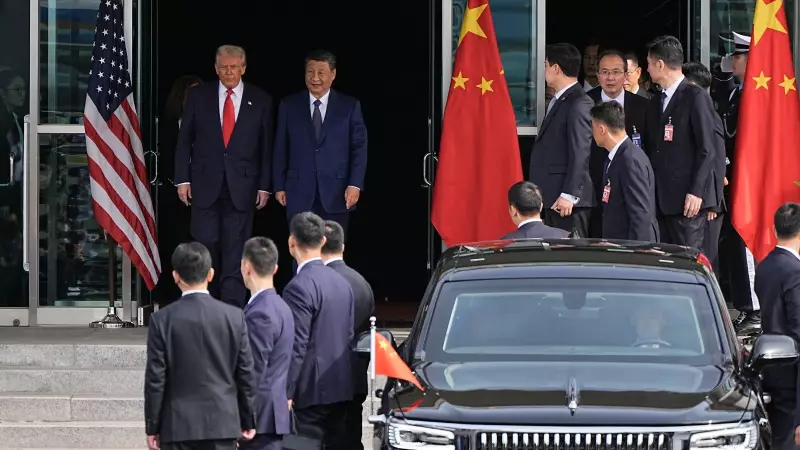
Long before recent trade wars and geopolitical tensions made headlines, China was quietly executing one of the most significant economic strategies of our time: systematically separating its economy from Western dominance. According to recent analyses, this calculated decoupling began years ago, fundamentally reshaping global economic dynamics.
The Silent Economic Revolution
While many observers focused on political rhetoric and diplomatic spats, Beijing was implementing a comprehensive plan to reduce its dependency on Western markets and technology. This strategic shift represents a fundamental rethinking of China's position in the global economic order.
Building Economic Self-Reliance
China's approach has been multi-pronged and remarkably consistent:
- Technology Independence: Massive investment in domestic tech innovation to reduce reliance on Western technology
- Supply Chain Restructuring: Creating parallel supply chains that bypass Western-controlled networks
- Market Diversification: Strengthening trade relationships with emerging economies and non-Western partners
- Financial Sovereignty: Developing alternative payment systems and reducing dependency on US dollar-dominated finance
The Timeline of Economic Separation
Evidence suggests this strategic shift began gaining momentum around 2018, when trade tensions with the United States first escalated. However, the foundations were laid even earlier, during China's rapid industrialization phase when policymakers recognized the vulnerabilities of excessive dependence on Western markets.
Global Economic Implications
This deliberate decoupling has profound consequences for the global economy:
- Bifurcated Technology Standards: The emergence of competing technological ecosystems
- Supply Chain Fragmentation: Companies forced to choose between Chinese and Western supply networks
- Investment Pattern Shifts: Capital flows redirecting toward China-aligned economic blocs
- Currency Competition: Challenges to US dollar supremacy in international trade
The New Economic World Order
China's strategy reflects a broader recognition that economic interdependence doesn't necessarily prevent conflict. By building parallel economic structures, Beijing aims to create what analysts call "strategic autonomy" – the ability to pursue its interests without fear of Western economic pressure.
The success of this decoupling strategy will likely determine the shape of global economics for decades to come. As Western nations grapple with this new reality, businesses and policymakers must adapt to a world where economic power is increasingly fragmented and competitive.





